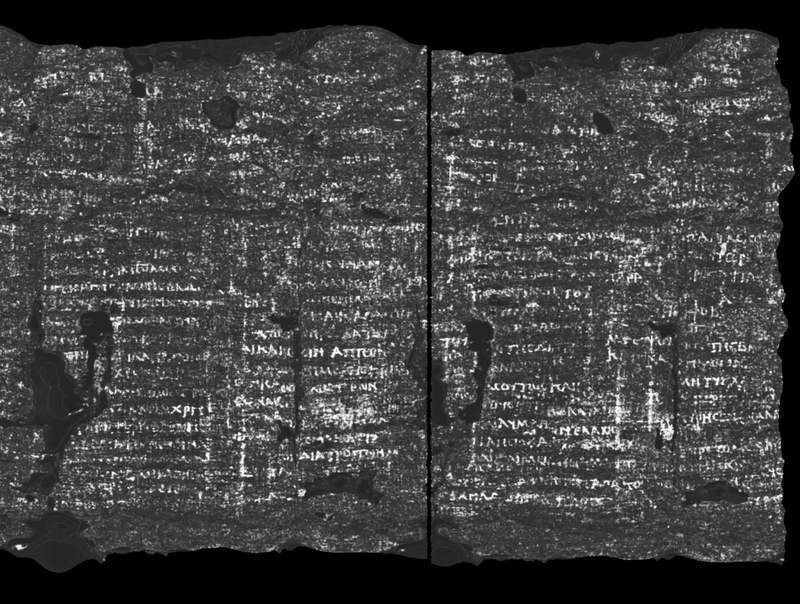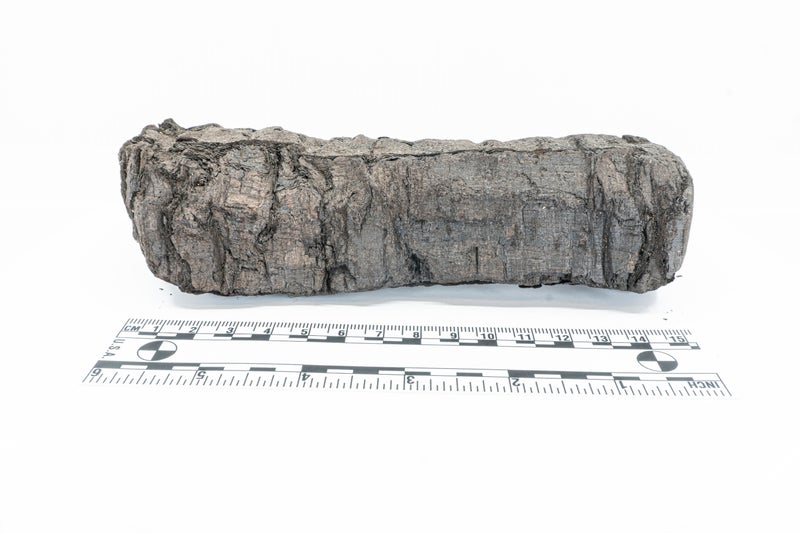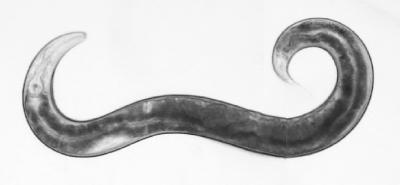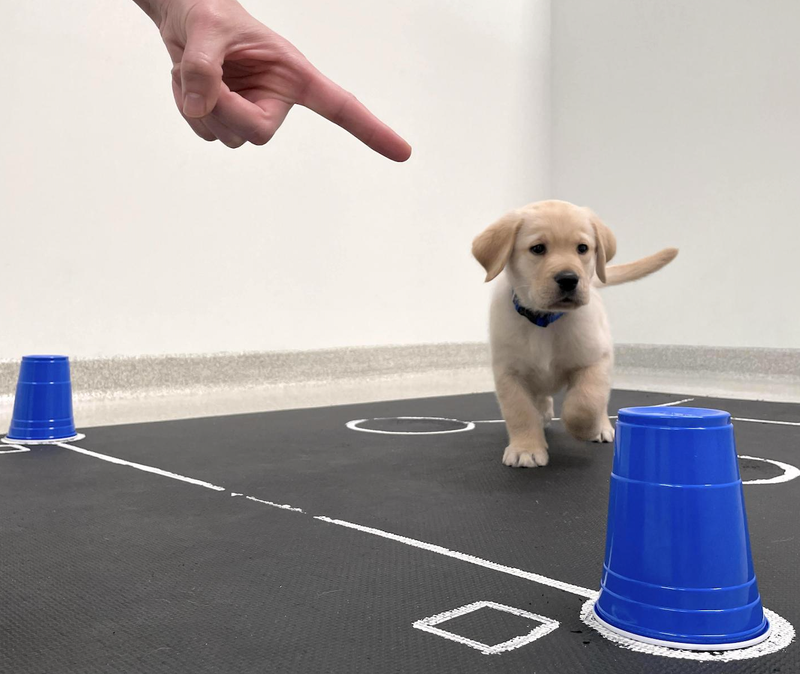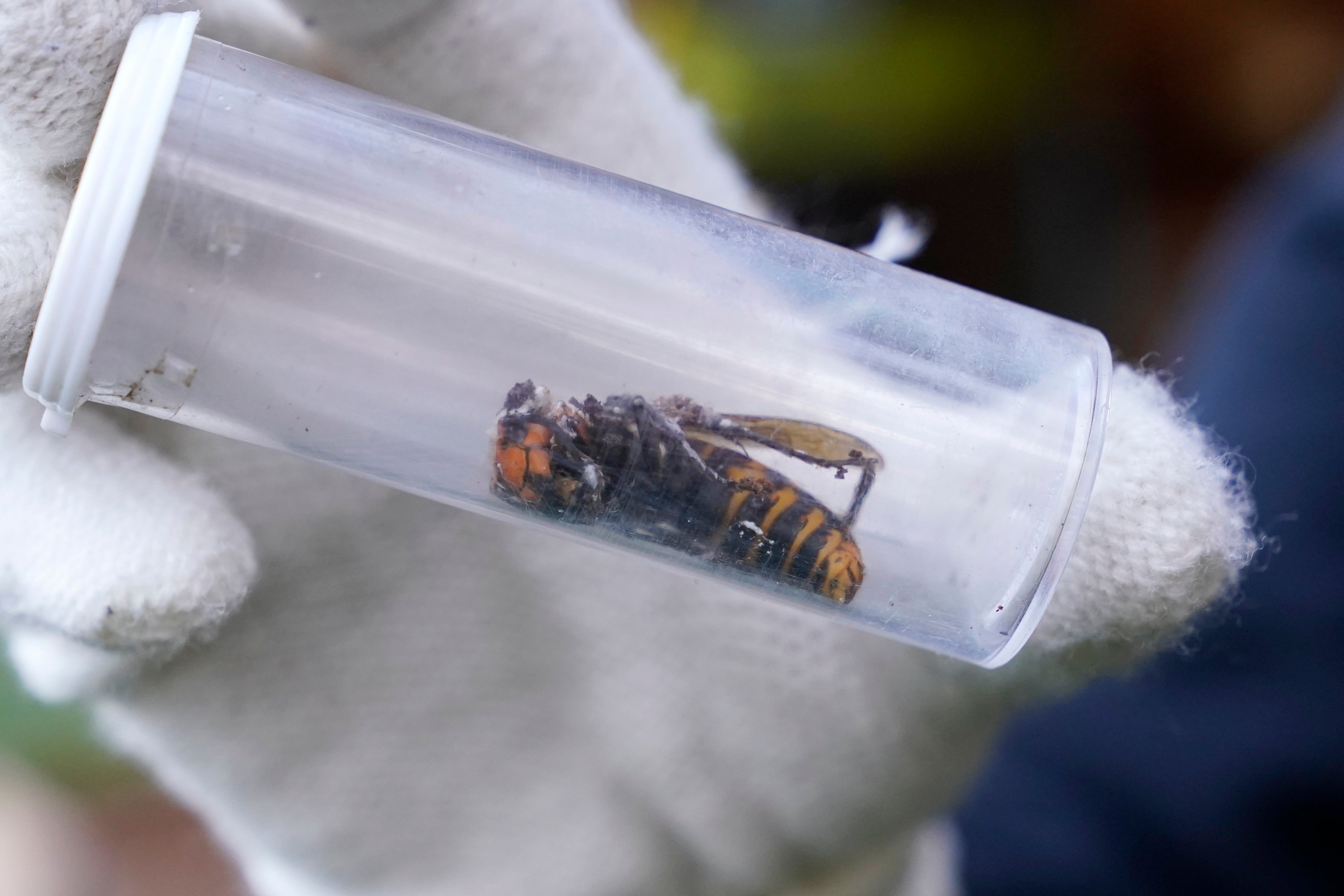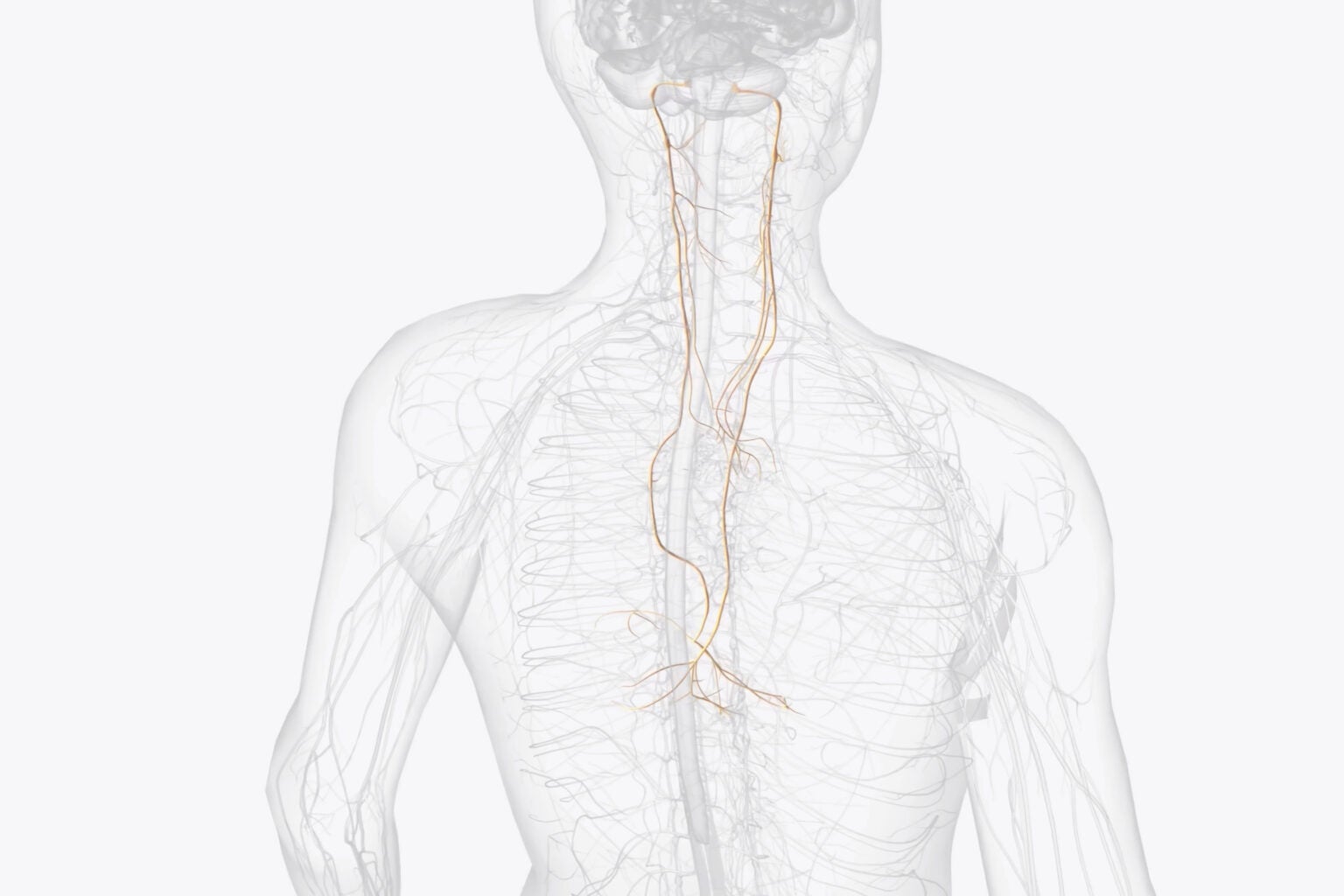The scrolls, believed to contain Greek philosophy, were destroyed by the 79AD Mount Vesuvius volcanic eruption. A badly burnt Roman scroll destroyed by the volcanic eruption of Mount Vesuvius has been “unwrapped” for the first time in 2,000 years by using AI. The document, which looks like a lump of charcoal, was charred by the volcanic eruption of Mount Vesuvius in 79AD and was too fragile to ever be physically opened.
![[The document, which looks like a lump of charcoal, was charred by the volcanic eruption of Mount Vesuvius in 79AD]](https://static.independent.co.uk/2025/02/05/10/28/scroll-photograph-Vesuvius-Challenge.jpeg)
But artificial intelligence and X-ray imaging have now been used to virtually unfurl it, revealing rows and columns of text believed to be Greek philosophy. "We're confident we will be able to read pretty much the whole scroll in its entirety, and it's the first time we've really been able to say that with high confidence," Vesuvius Challenge lead Stephen Parsons said. Hundreds of carbonised scrolls have been discovered in Herculaneum, a Roman town just 20km (12 miles) north of its more famous neighbour Pompeii, over the years.
![[Electrons were accelerated to almost the speed of light to produce a powerful X-ray beam that could probe the scroll without damaging it]](https://static.independent.co.uk/2025/02/05/10/27/visible-ink-Vesuvius-Challenge.jpeg)
The scroll was placed in a specially made case and taken to Diamond Light Source, a gigantic high intensity X-ray facility, in Oxfordshire. Inside this huge machine, which is called a synchrotron, electrons were accelerated to almost the speed of light to produce a powerful X-ray beam that could probe the scroll without damaging it. "It can see things on the scale of a few thousandths of a millimetre," Adrian Mancuso, director of physical sciences at Diamond, told the BBC.
The scan was then used to create a 3D reconstruction, with AI used to detect ink, which is then painted on digitally to reveal text. Last year, a Vesuvius Challenge research team managed to read about 5 per cent of another Herculaneum scroll. The subject was Greek Epicurean philosophy, which teaches that fulfilment can be found through the pleasure of everyday things. The University of Oxford's Bodleian Library holds several of the scrolls. Thought to be unreadable, they had been left untouched for decades.
